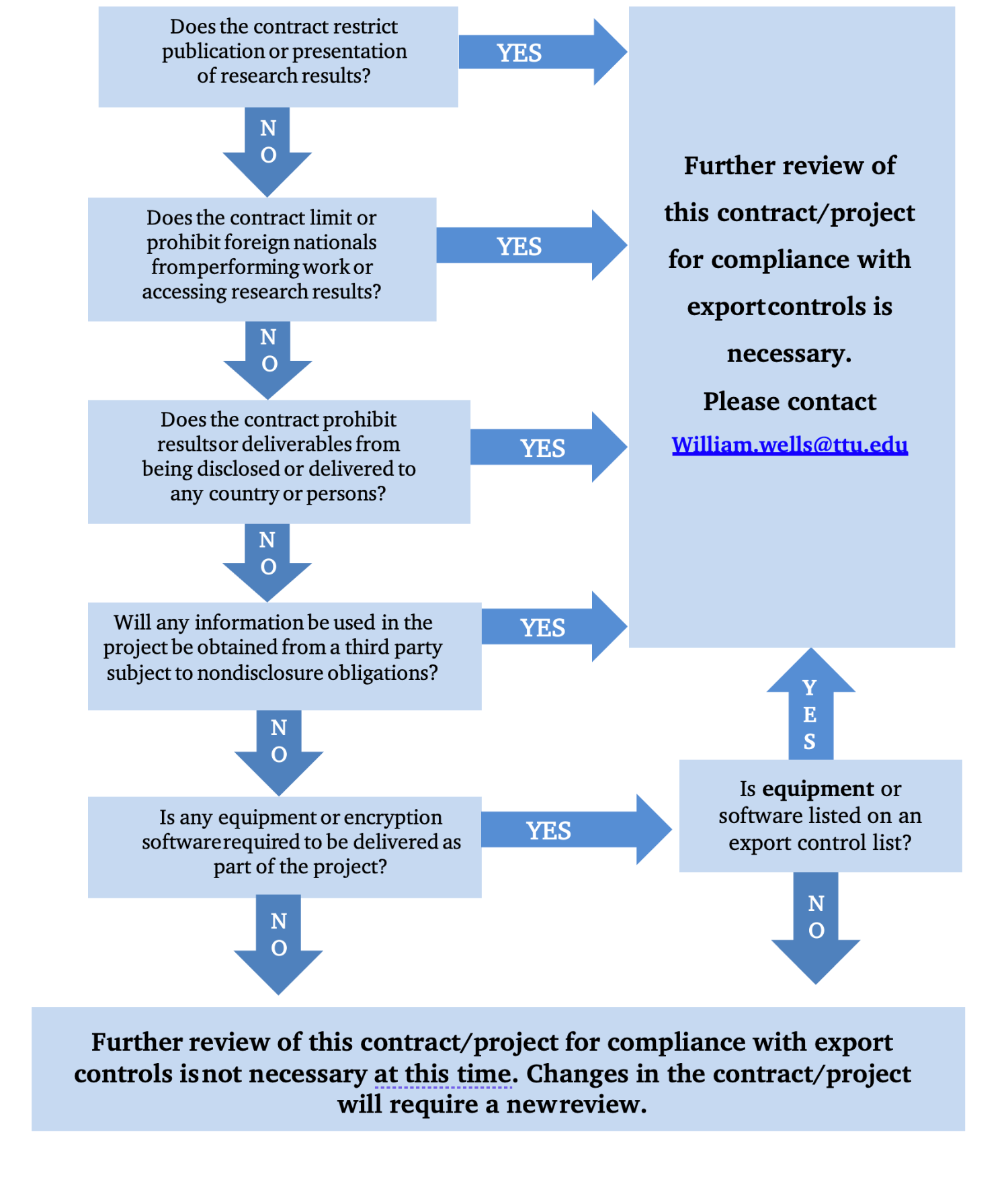

(This is just like quitting without saving in other programs.) If you want to return your Family Tree to the way it was when you opened it, select the menu Family Trees ->Abandon Changes and Quit. To roll back multiple commands at a time, you can use the menu Edit dialog. If you select this command repeatedly, your most recent changes will be undone one at a time. You can undo changes you have made by selecting the menu Edit ->Undo. This means, for example, that any time you click OK when using Gramps, your changes are immediately recorded and saved. Gramps saves your changes as soon as you apply them. To indicate this mode, the title of the main window will be appended with (Read Only) text. In this mode, the data may be viewed, but no changes will be made to the Family Tree. If you do not have "write permissions" for the selected Family Tree, it will be opened in a Read Only mode. To open a recently accessed Family Tree, choose either the menu Family Trees ->Open Recent or the down arrow next to the Toolbar Family Trees button and select the Family Tree from the list. Alternatively you can double-click on the desired Family Tree. Select the tree you want to open, and open it by selecting the Load Family Tree button. In the Status column an icon (looks like an open folder) will display beside any Family Tree that is currently open. The Family Tree Manager will appear and you will see a list of all the Family Trees known to Gramps. or click the Toolbar Family Trees button. To open a Family Tree, either choose the menu Family Trees ->Manage Family Trees.
#Tree it not exporting windows
#Tree it not exporting archive

All the names of your Family trees appear in the list. The Family Tree Manager window allows the you to create a new Family tree, rename an existing Family tree, delete a Family tree, or load a Family tree or check information) about the Family tree.


 0 kommentar(er)
0 kommentar(er)
